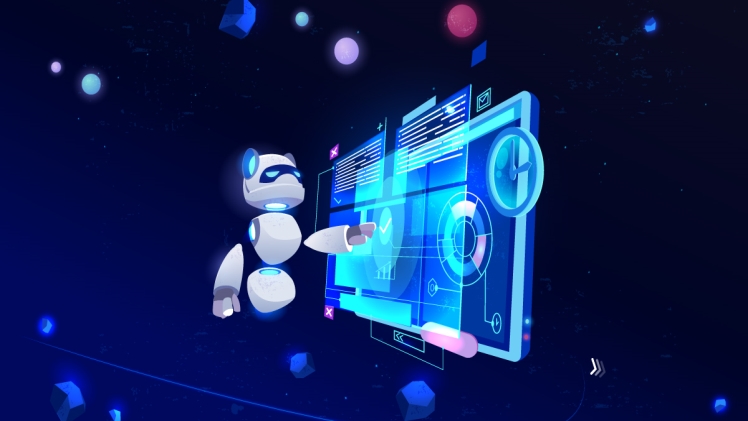As we enter the new time of AI progressions and information-driven action plans, organizations look again at their innovation frameworks. Maybe then review IT as a needed expense to maintain their business; they perceive that innovation can be a resource that develops their business.
Their legacy frameworks might have prodded their advancement before. However, they are arriving at a stage of development. As you leave on new ways and techniques, like web-based media, versatile innovation, investigation, and cloud procedures, like AI and IoT, you will probably wind up, like most organizations, disregarding your old frameworks.
However, don’t be left without taking any action or in this quandary. It’s an ideal opportunity to exploit the information and knowledge in your legacy frameworks and remember it for your excursion to progressive change. In this aide, we’ll investigate how to get this going, so you can situate yourself to fulfill client needs and business challenges and reclassify your business. You need to know the Benefits of legacy application modernization for enterprises.
What is a legacy framework?
A legacy framework alludes to obsolete foundations, applications, and cycles. Legacy frameworks, which are by and large found in exceptionally coupled and stable conditions, commonly run on client-possessed programming and equipment facilitated, oversaw, and upheld by the client. While these frameworks are practical, they can be monetarily oppressive to keep up with, require hard-to-track down IT abilities to work, and influence your capacity to improve.
What is legacy modernization?
Legacy Systems Modernization is the most common way of redesigning and advancing business frameworks to acquire functional efficiencies, address innovation impediments, meet client assumptions and backing reception, and combine different frameworks dependent on fresher innovation stages. For modernizing legacy systems, you have to need to know the benefits of rapid application development model.
Modernizing legacy frameworks start when associations are gotten between keeping up with old and costly equipment that can’t be incorporated with new advances and undertaking. An enormous foundation redesign undertaking to exploit a reasonable stage to help your business objectives. It drives CIOs and IT pioneers to weigh different factors in deciding the ideal opportunity to overhaul, where the update works best, and how to design the task to lessen business disturbance. The base objective of modernizing legacy frameworks is to accomplish tantamount equity on frameworks with functional upgrades. The ideal aim is to achieve massive advancement in execution, spryness, and development. Need frameworks on SDLC rapid application development methodology.
Modernization of legacy frameworks can fluctuate broadly across the range. One alternative might be to rebuild the code utilizing relocation instruments to run a similar methodology with minor code changes on a more present-day framework. Now and again, emulators are accessible that permit you to stay away from code changes altogether. The other limit is overhauling the whole framework by supplanting the legacy framework with one created with cloud-local advancement devices.
Legacy Systems Modernization Strategies:
Modernization undertakings can adopt a progressive or transformative strategy.
- Modernization with a progressive methodology:
The modernization with advanced methods alludes to a change of the total framework without any preparation. For instance, consolidations and acquisitions frequently require this methodology when an organization should rapidly adjust to the foundation of the new element. One more typical utilization of a progressive method is when the legacy framework has moved past weight and has turned into danger. An ongoing issue is when their merchants’ legacy frameworks are not upheld, leaving associations with security and consistency holes and no new fixes or updates. This methodology presents more severe dangers, interruptions, and expenses. For modernizing legacy systems, you need to Customize your enterprise web application framework.
- Modernization with a developmental methodology:
Frequently, the most dangerous loath associations pick the developmental methodology. The Evolutionary Approach to Modernization is a long-haul, multi-stage model to accomplish similar objectives as the progressive methodology. With the developmental cycle, associations make a stride by-step modernization way and modernize each responsibility in turn. This more slow methodology diminishes business disturbances and spreads costs after some time. Associations attached to seller agreements can adopt this modernization strategy around the legacy framework while trusting that agreements will lapse. Furthermore, crossover models empower associations to interface cloud assets to on-premises conditions to help change with the transformative methodology of legacy frameworks.
Click Here: 0x00x0

